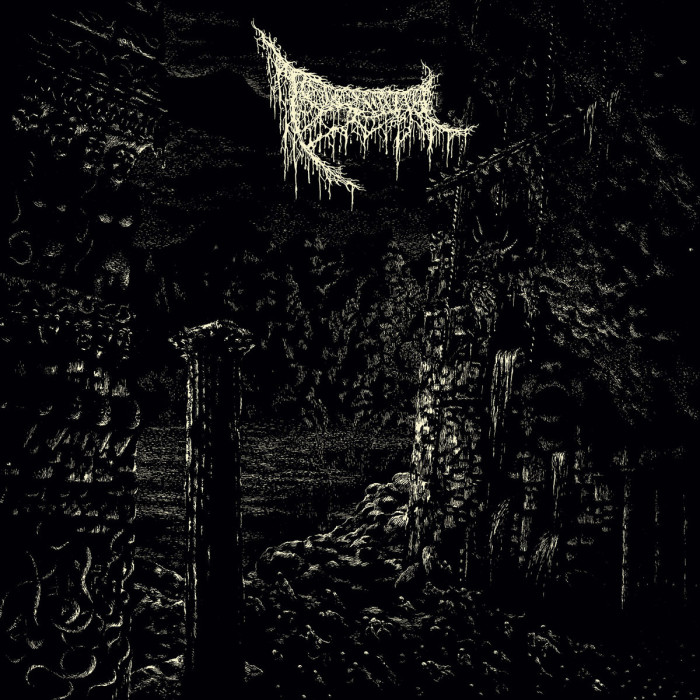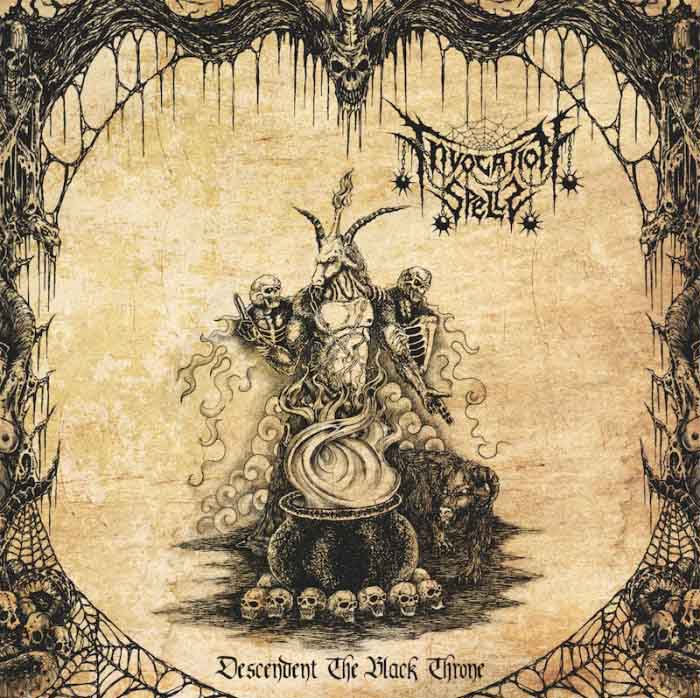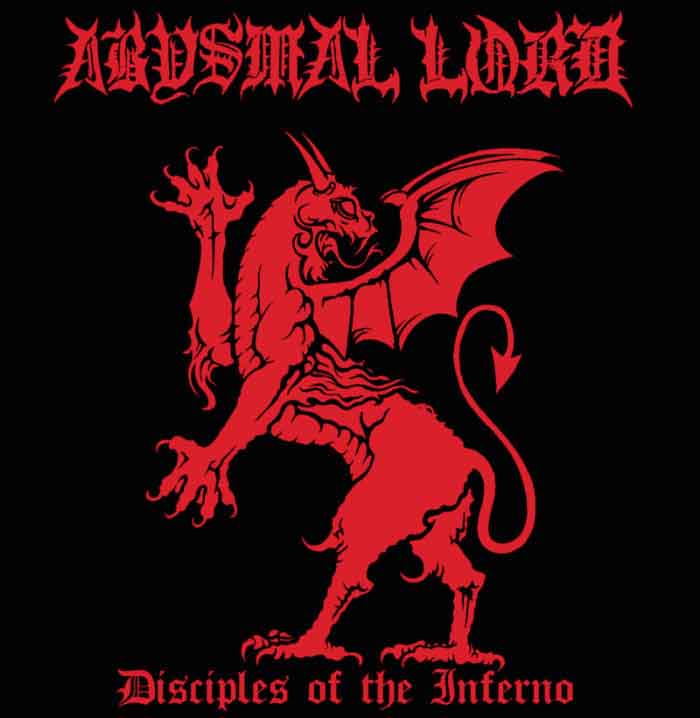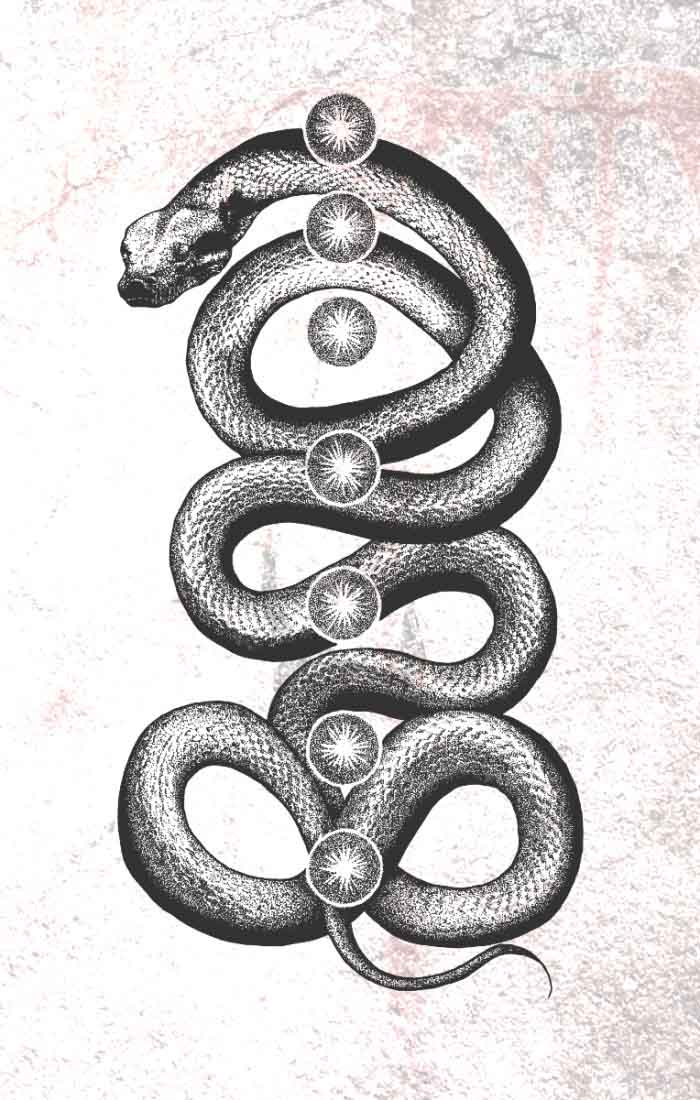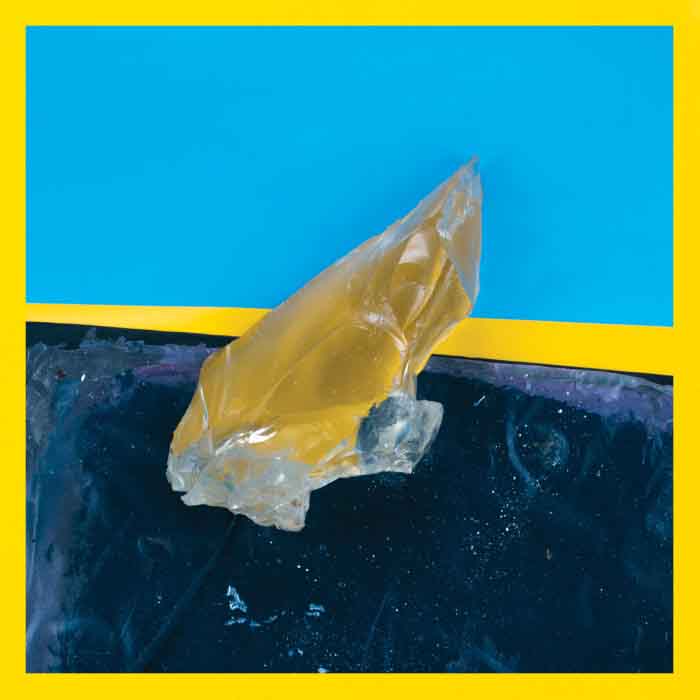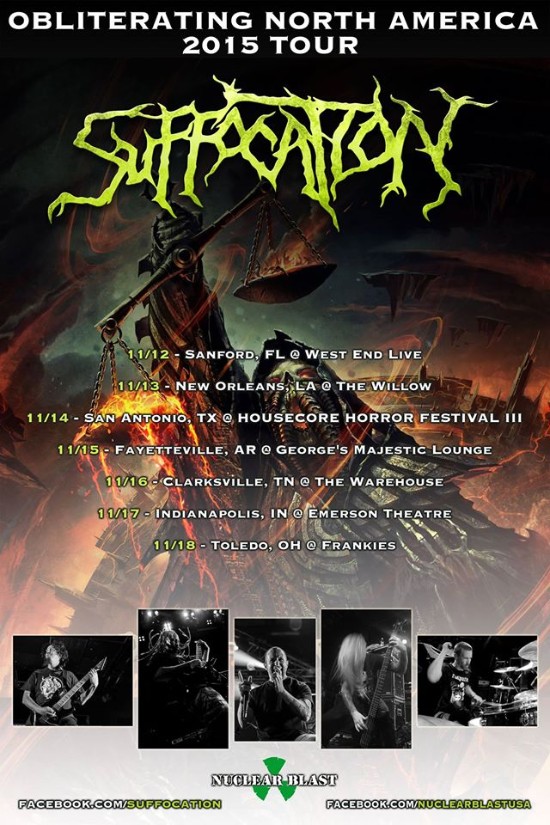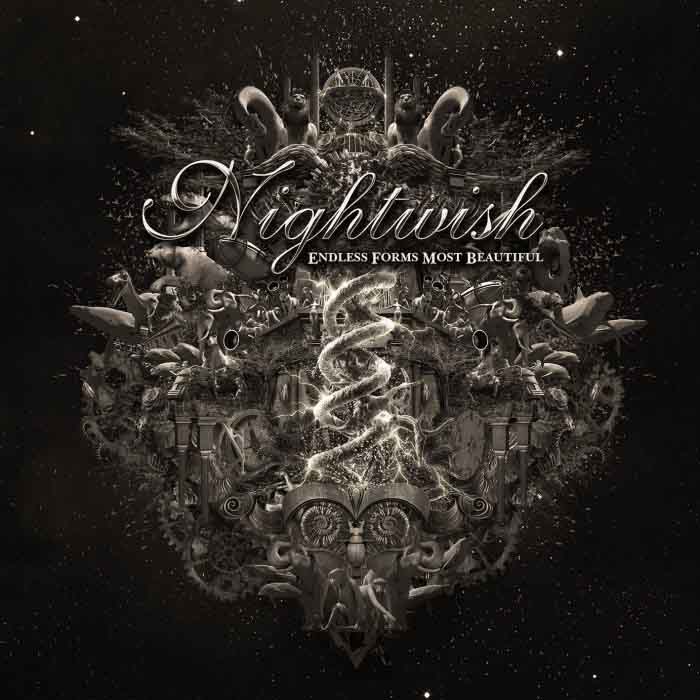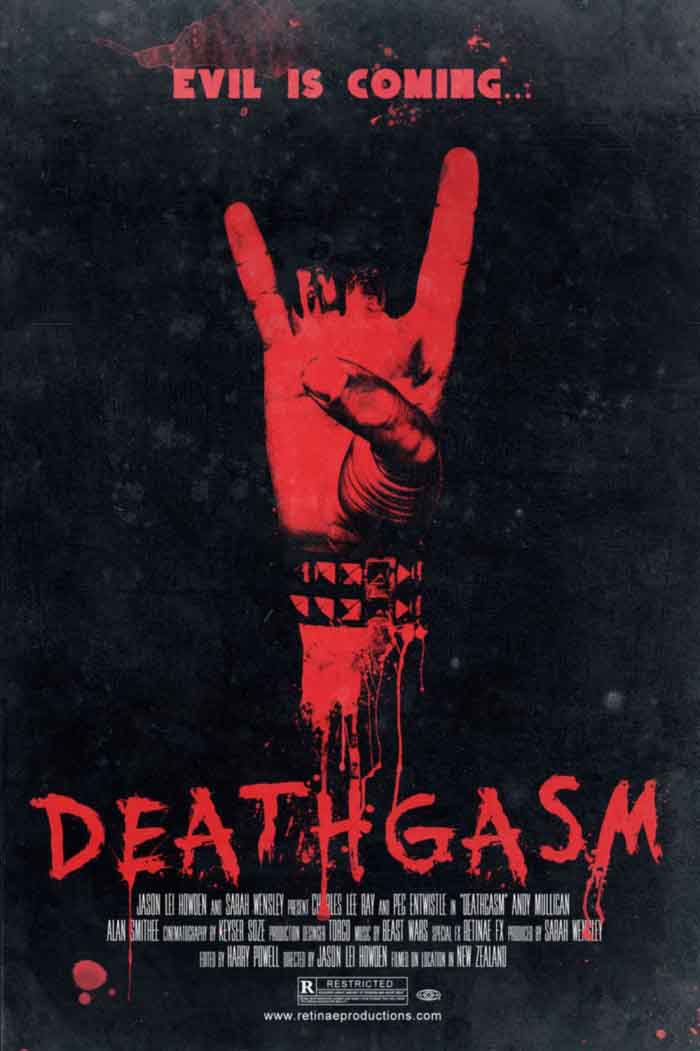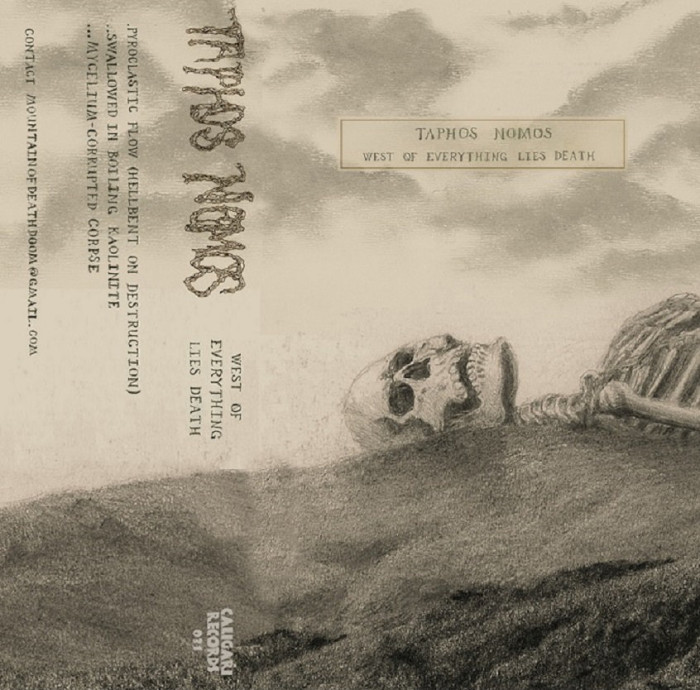Band and album names often reveal the character of the music contained in detail, but the art of discerning or intuiting these things requires some experience as well as conscious and active attention to correlations. A tongue-in-cheek and mainstream-friendly name like Diavolos already conveys an ironic attitude towards the genre itself. A empty and virtually meaningless album name like You Lived, Now Die lets through the stink of missionless, anarchist fun.
All that said, Diavolos does excel in its technical application and configuration of riffs and riff compendiums as a progressions. But this is only skin deep and it is right after middle of songs that their lack starts to show in the need for solos sections that break off from the initial idea only to connect with a speeding outro. These songs are built and pieced together as IKEA furniture. Cheap and convenient.
Diavolos’ You Lived, Now Die will prove an entertaining listen to those with a weakness for eighties Teutonic speed metal, but will probably not be spun more than once or twice as it provides little that cannot be found in older bands. I am guessing that the bet of a label on this is just to keep presenting the same thing in a new package. This works only because most are too lazy to explore and actually listen to the music, which would reveal most of this second-rate vanity as completely redundant and even more importantly, unable to achieve valuable communication.
3 CommentsTags: 2015, composition, diavolos, Speed Metal, you lived now die

